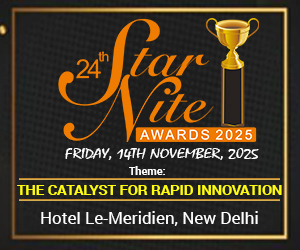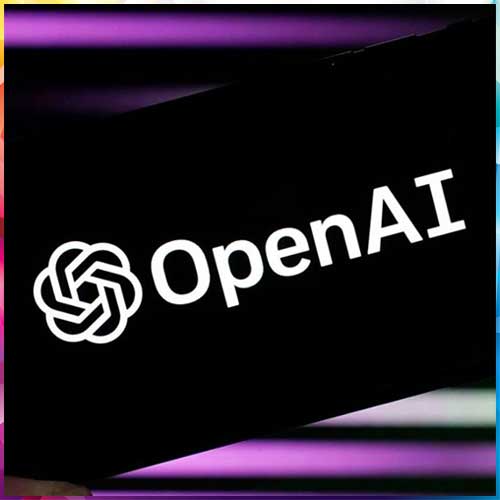Breaking News

Kiro allows developers to convert ideas into prototypes instantly through conversational prompts, enhancing the "vibe-coding" experience.
Amazon Web Services (AWS) has officially launched Kiro, an innovative AI agent-driven Integrated Development Environment (IDE) that aims to redefine how developers build, test, and deploy software. Designed to enhance productivity and streamline workflows, Kiro empowers developers to move seamlessly from idea to prototype using simple conversational prompts, marking a new era of intelligent, intuitive coding often referred to as “vibe-coding.”
Kiro combines the power of AI agents with essential software development tools—code editors, compilers, debuggers, and testing utilities—into one unified, cloud-native platform. Unlike traditional IDEs, which require manual setup and context-switching, Kiro enables developers to collaborate with AI throughout the development lifecycle. It can understand design requirements, auto-generate boilerplate code, recommend improvements, and even simulate runtime behavior.
“Kiro isn’t just another AI plugin; it’s a developer co-pilot designed to think, reason, and act contextually. We built Kiro to accelerate software delivery without compromising on quality or creativity,” said Swami Sivasubramanian, Vice President of Data and AI, AWS.
The IDE supports natural language processing, making it easier for developers—especially newcomers—to express logic or specifications in everyday language. This feature reduces the learning curve and enhances collaboration between technical and non-technical teams.
Kiro also integrates tightly with AWS services, allowing developers to deploy directly to the cloud, monitor application health, and manage resources without leaving the IDE. Whether you're building microservices, training machine learning models, or deploying APIs, Kiro offers a cohesive environment optimized for speed, intelligence, and scalability.
With the rise of AI-enhanced development tools, AWS positions Kiro as a strategic move to stay competitive in the rapidly evolving developer tools market, especially as companies seek to accelerate time-to-market while maintaining high code quality. As organizations embrace AI-driven workflows, Kiro is set to become an indispensable tool for developers navigating the next generation of software engineering.
Kiro combines the power of AI agents with essential software development tools—code editors, compilers, debuggers, and testing utilities—into one unified, cloud-native platform. Unlike traditional IDEs, which require manual setup and context-switching, Kiro enables developers to collaborate with AI throughout the development lifecycle. It can understand design requirements, auto-generate boilerplate code, recommend improvements, and even simulate runtime behavior.
“Kiro isn’t just another AI plugin; it’s a developer co-pilot designed to think, reason, and act contextually. We built Kiro to accelerate software delivery without compromising on quality or creativity,” said Swami Sivasubramanian, Vice President of Data and AI, AWS.
The IDE supports natural language processing, making it easier for developers—especially newcomers—to express logic or specifications in everyday language. This feature reduces the learning curve and enhances collaboration between technical and non-technical teams.
Kiro also integrates tightly with AWS services, allowing developers to deploy directly to the cloud, monitor application health, and manage resources without leaving the IDE. Whether you're building microservices, training machine learning models, or deploying APIs, Kiro offers a cohesive environment optimized for speed, intelligence, and scalability.
With the rise of AI-enhanced development tools, AWS positions Kiro as a strategic move to stay competitive in the rapidly evolving developer tools market, especially as companies seek to accelerate time-to-market while maintaining high code quality. As organizations embrace AI-driven workflows, Kiro is set to become an indispensable tool for developers navigating the next generation of software engineering.
See What’s Next in Tech With the Fast Forward Newsletter
Tweets From @varindiamag
Nothing to see here - yet
When they Tweet, their Tweets will show up here.





























